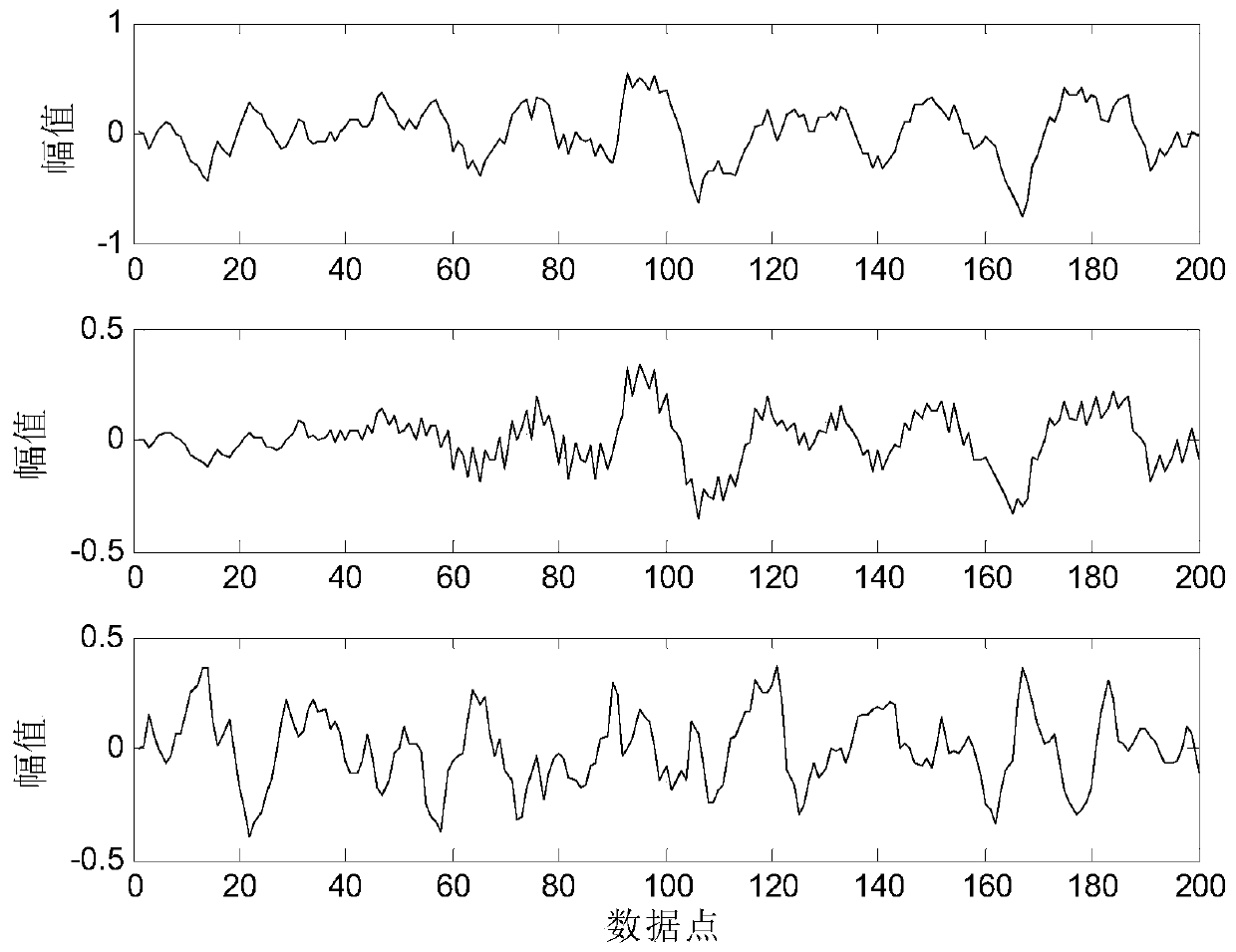Time delay optimization method for time source blind separation of a genetic algorithm
A technology of quantum genetic algorithm and blind separation, which is applied in the field of delay optimization based on blind separation of time sources based on quantum genetic algorithm, can solve problems such as difficult breakthroughs and problems in time delay selection of separation algorithms, and achieve fast convergence speed and fast overall situation The effect of the ability to optimize
- Summary
- Abstract
- Description
- Claims
- Application Information
AI Technical Summary
Problems solved by technology
Method used
Image
Examples
Embodiment Construction
[0048] The present invention will be described in further detail below in conjunction with the accompanying drawings and specific embodiments. It should be understood that the specific embodiments described here are only used to explain the present invention, not to limit the present invention.
[0049] First, QGA uses a qubit-based encoding method, that is, a qubit is defined by a pair of complex numbers. The state of a qubit is expressed as |φ>=α|0>+β|1>, |α| 2 +|β| 2 =1. Where α, β are two complex numbers representing the probability of the corresponding state, |α| 2 , |β| 2 Denote the probability that the qubit is in state 0 and state 1 respectively, definition: P i (0)=|α i | 2 ,P i (1)=|β i | 2 , namely P i (0) represents the probability that the i-th qubit takes the value "0", P i (1) represents the probability that it takes the value "1".
[0050] Secondly, the chromosome population of QGA at generation t is Where n and t are population size and evolutio...
PUM
 Login to View More
Login to View More Abstract
Description
Claims
Application Information
 Login to View More
Login to View More - R&D
- Intellectual Property
- Life Sciences
- Materials
- Tech Scout
- Unparalleled Data Quality
- Higher Quality Content
- 60% Fewer Hallucinations
Browse by: Latest US Patents, China's latest patents, Technical Efficacy Thesaurus, Application Domain, Technology Topic, Popular Technical Reports.
© 2025 PatSnap. All rights reserved.Legal|Privacy policy|Modern Slavery Act Transparency Statement|Sitemap|About US| Contact US: help@patsnap.com



